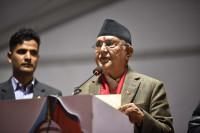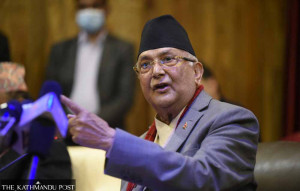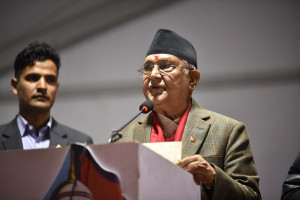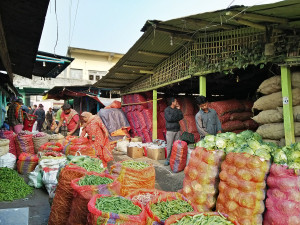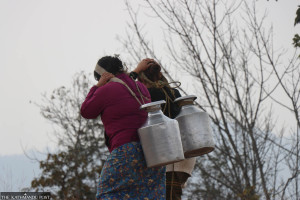Editorial
Stunted future
For an agriculture-based economy, it is a shame that our children are hungry and undernourished.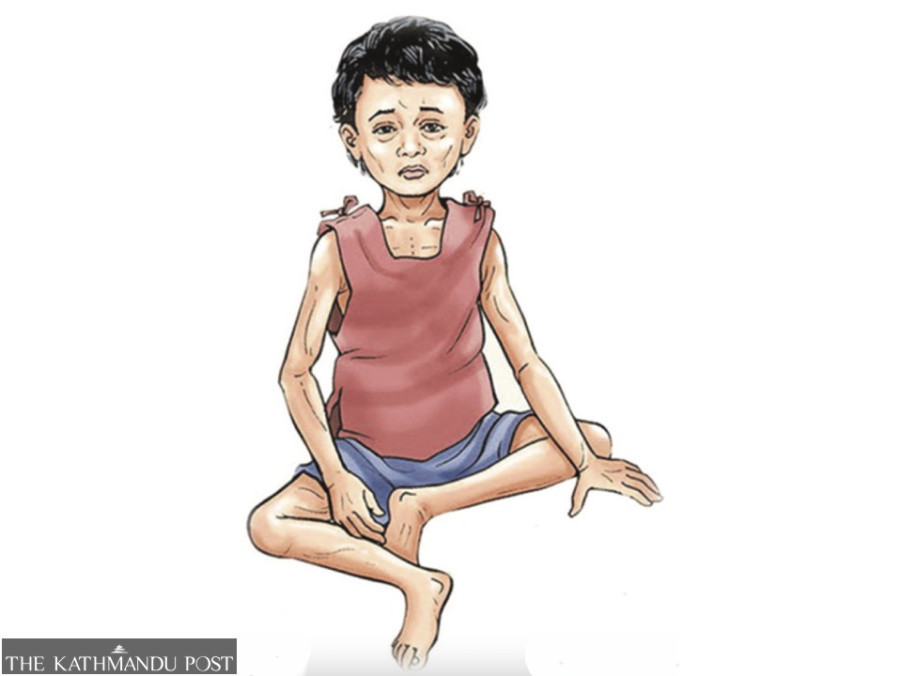
The Nepali government’s commitment to eradicating malnutrition has long been a suspect. Many children across the country live with severe nutritional deficiencies, resulting in them being stunted, wasted and underweight. Unfortunately, the stereotype of a poor and hungry place attached to Nepal still applies to its rural regions. Food may be plentiful in many urban homes, but marginalised families of some provinces barely have enough to eat. The Asia and the Pacific SDG Report 2024 reveals that the region will reach all 17 Sustainable Development Goals by 2062, a significant delay from the 2030 target. While Nepal has made strides in some sectors, it lags in progress in SDG 2—eliminating child hunger and malnutrition.
According to the Nepal Demographic and Health Survey 2022, while the country has significantly reduced stunting among children under five, which fell from 57 percent in 2001 to 25 percent in 2022, the progress is uneven. The number of stunted children is the highest, at 36 percent, in Karnali Province. It is 29 percent in Madhesh and 18 in Bagmati, the lowest. Wasting is highest in Lumbini Province at 16 percent, followed by Madhesh Province at 10 percent. In Madhesh, all eight districts are affected, and the poorer households and Dalit settlements are the worst hit. Established to offer treatment to malnourished children from Parsa, Bara, Rautahat and Sarlahi districts, the Nutrition Rehabilitation Home in Narayani Hospital admitted 175 malnourished children in the 2023-24 fiscal year. In the first six months of the ongoing fiscal year, 57 children with malnutrition were brought in.
According to the World Health Organisation, malnutrition includes undernutrition—stunting, wasting and underweight—inadequacy in vitamins or minerals, overweight, obesity and resulting diet-related non-communicable disease. Malnutrition is a multisectoral challenge not just a health issue. In provinces like Madhesh and Karnali, issues like poverty, lack of awareness and child marriage are leading causes of malnutrition. In newborns, there have been cases where the mothers aren’t aware that the child should be given solid foods gradually after six months. A child’s future health depends on proper nutrition in the first 1,000 days of life, as well as during pregnancy and the early years. However, many young mothers are unaware even about the critical role of breastmilk as a nutrient-rich source and the importance of breastfeeding for at least the first two years.
What’s more, climate-induced disasters such as floods, landslides and natural disasters like earthquakes often impoverish families in these provinces, triggering nutrition deficiency in children. In 2023, the earthquake in Jajarkot and Rukum West districts devastated families, ruined crops and destroyed food supplies, leaving several families trapped in poverty and unable to provide enough food for their children. The remoteness of the area also makes it difficult for the relief to arrive on time, putting the lives of children, newborns, mothers and pregnant women at risk. Even when the food reaches vulnerable communities, the supplies are often inadequate and inconsistent.
For an agriculture-based economy, it is shameful that our children, the nation’s future, are hungry and undernourished. To change things, local bodies must be empowered to drive awareness programmes in communities and in training health staff. Often, these programmes are symbolic, as a significant portion of the allocated funds is spent on staff salaries and operational expenses, with only a fraction reaching affected communities. This has to stop. Moreover, the authorities must scale up disaster preparedness, especially by focusing on the nutrition of children and women and investing in screening programmes and rehabilitation homes. There can be no better measure of a country’s progress than the health of its children.




 7.12°C Kathmandu
7.12°C Kathmandu
